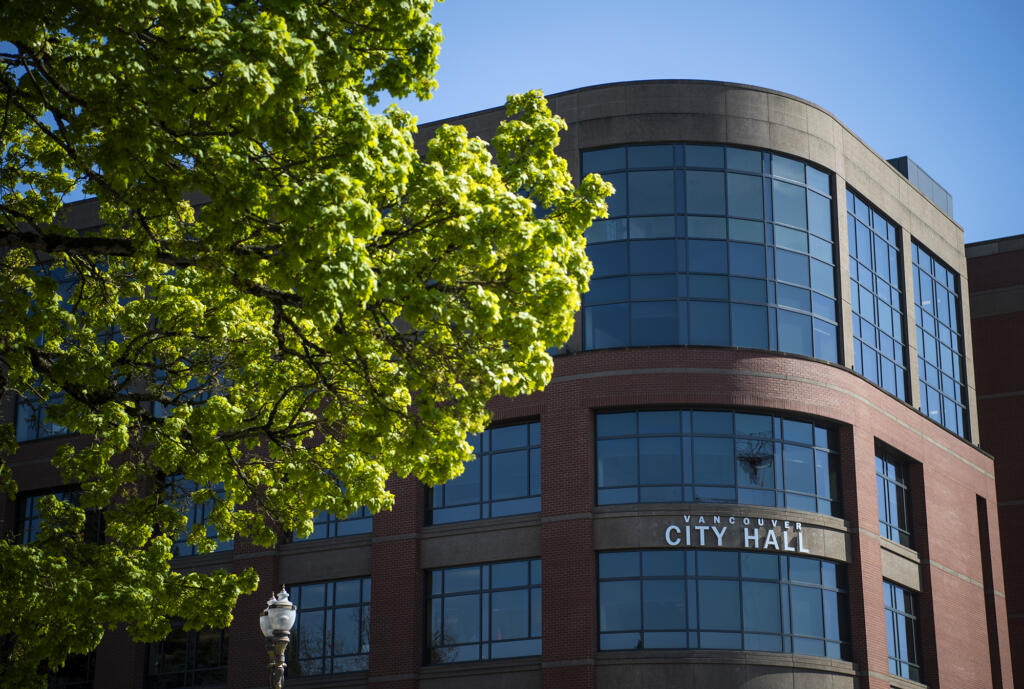The status of Vancouver’s housing conditions is grim: There isn’t enough affordable housing stock to meet demand, and rising prices are displacing those who can’t afford their current living situation.
“It’s hard to say we’re an equitable community if people can’t afford to live, if they don’t have housing choices, if they can’t move up the housing ladder as they prosper,” said Patrick Quinton, Vancouver’s economic development director, during a workshop with the Vancouver City Council on Monday afternoon.
An average of 1,600 units, both single and multifamily, are created in Vancouver annually. However, current production rates can barely cover housing needs amid Vancouver’s growth and aren’t sufficient to close its supply gap. Washington’s Office of Financial Management projected population growth of 32,105 households in the city by 2042, which would require an additional 1,450 units annually. The projections do not consider future annexations.
And investing in mostly single-family housing isn’t working anymore.
For Vancouver to close its housing disparity within 10 years, it would need a minimum of 2,500 new units per year. This includes 750 affordable housing units that are attainable for households earning 80 percent or less of area median income.
Multiple jurisdictions in Washington, including Vancouver, have restrictive zoning that undeniably contributes to the affordability crisis, said Rebecca Kennedy, Vancouver’s long-range planning manager. Addressing land use and building density is the starting point in addressing Vancouver’s production issue.
Large portions of the city are comprised of single-family zones, which suppresses inventory, hikes up costs and encourages the development of expensive units, she said. Only about 30 percent of land use includes medium density, and less than 5 percent is high density. An additional failure in current zoning patterns pushes new growth outside, straining public infrastructure and discouraging middle housing production in the process.
“We’ve seen displacement happening,” Kennedy said. “We’re pushing people out of their support systems or their social networks to places where there is less of that and where they haven’t built those.”
Recently adopted zoning code changes are meant to allow for more flexibility in housing type and size to mitigate this issue. Among them, updates modify low- and high-density codes, touch on middle housing allowances and incorporate building incentives into code standards.
Moving forward, the city should identify areas in Vancouver to secure property for affordable housing units, Quinton said. Development economics often work against a transition to denser construction types, he said, so incentives such as the Multifamily Tax Exemption program and lower parking minimums can play a role in making its goal more attainable.
A previous deep dive
The conversation surrounding the housing crisis is moving forward more than six years after the city of Vancouver announced it was experiencing a housing emergency. Since then, city staff have worked toward establishing means to lessen the blow. In March, an economic consultant shared daunting numbers that reflected Vancouver’s stark reality to illustrate what targeted approaches can be applied.
Clark County has less housing per household than King or Pierce counties, as it produces an average of 1.04 homes per household whereas the northern cities generate 1.05. The numbers, which are representative of underproduction through 2019, show that Clark County lacked 13,500 units; Vancouver was short 5,670 units — accounting for 42 percent of the county’s underproduction.
Considering recent housing trends and population growth, this shortage is likely higher.
Vancouver’s supply deficit has created a situation where prices are rising so steeply, it’s putting households at risk of becoming homeless. A $100 rent increase can result in a 9 percent increase in homelessness in the community, according to a U.S. Government Accountability Office analysis. CoStar, a real estate information company, reported that an average two-bedroom apartment in Clark County costs $1,687 monthly — a $100 jump from last year.
For comparison, there was a 31 percent increase in people experiencing homelessness in Clark County from 2020, according to the Council for the Homeless’ Point in Time Count.
City staff will meet throughout August with the council to explore attainable solutions. They will outline renewing the Affordable Housing Fund levy, dive into specific policy strategies and provide an update on the Vancouver Comprehensive Plan.




